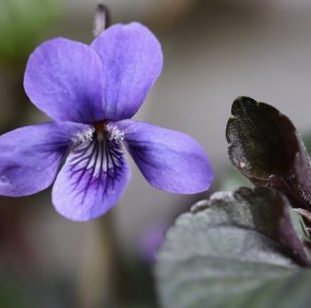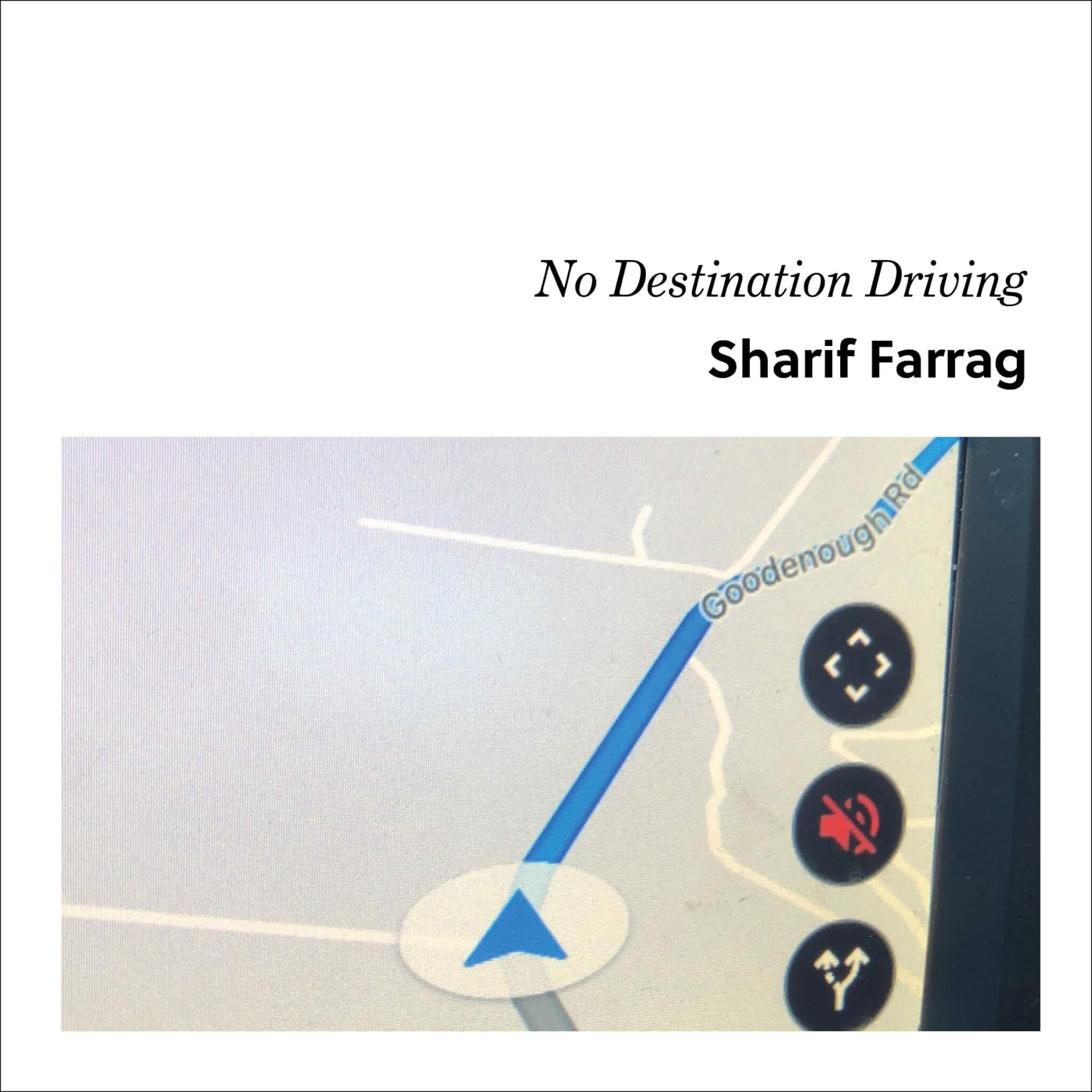The Cultivation Syllalbus
During this time of global isolation, we are embarking on a project of cultivation, looking to our artists for guidance in new knowledges, new skills, and new preparations for an unknown future. Once a week for three weeks, join us for an expanded syllabus of lessons running the gamut from the practical to the absurd.
April 28 - May 12, 2020
Em Rooney
Tree Walks During Covid
I have been living in the woods for about two years, as a caretaker on a rustic, historic estate (imagine something hand-built as opposed to something stately) and there are hiking trails that I can enter from my backyard.
It is a hemlock forest that surrounds the property, but there are massive centuries-old pine trees that look almost Northeastern, and that are not at all like the ones I grew up with only two and a half hours north of where we live now. The forest out there also changes. There are different sections of the trails that I notice distinctly as I walk through them like the rooms in a house.
Prior to the Covid-19 Pandemic I would use these woods to run the dog, or to get exercise myself, and yes to appreciate their beauty. But since quarantining I have attuned myself more closely to their formal qualities, and their inhabitants, and their inhabitants' interconnectedness.
I was supposed to travel in March to take photographs for a book project that would have required me to be on beaches and streets in crowds of people. With nothing else to photograph, and no people as far as the eye can see, I’ve taken to going on slow meditative walks and photographing the trees. These walks normally happen early in the morning, when the sun is just up but the clouds are still stuck in the valleys and ridges. I’ve been using 3200 speed film, so that I can walk and shoot without a tripod, no matter how dark it is. This is what can be attributed to their grainy and almost graphic quality.
Specifically I've been trying to notice the way trees make contact with each other. How an ash tree wraps itself around a hemlock, or how a beech tree and a maple grow together reaching their arms out in the same direction, like a bit of choreography. Or the way vines make a tangle on an old tree or use a middle-aged tree for support as they twist and braid themselves—growing downwards (or upwards?). There are photographs of messes of trees and vines that dome in space like a ballroom, and places where young trees make safe caskets for ancient, fallen ones. Huge trees catch other huge trees between their legs, not ready to let their neighbor touch ground, start decomposing. Trees stand side-by-side, they congregate, they die together, they find unlikely partners. Of the hundred or so I’ve taken in the past month, I’ve chosen 19 to share.
The trees, specifically their contact with one another, and their contact with the ground has been comforting. So the lesson here is one of close looking, something I am always trying to teach my students to do with photographs, but something I’ve realized I rarely, until now, have done with the thickets all around me.
Recommended Readings
The Cultivation Syllabus
Projects
More selected projects
François Ghebaly Accessibility Statement
© 2009–2024 Ghebaly Gallery. All rights reserved.
Design by Grafikisto






































